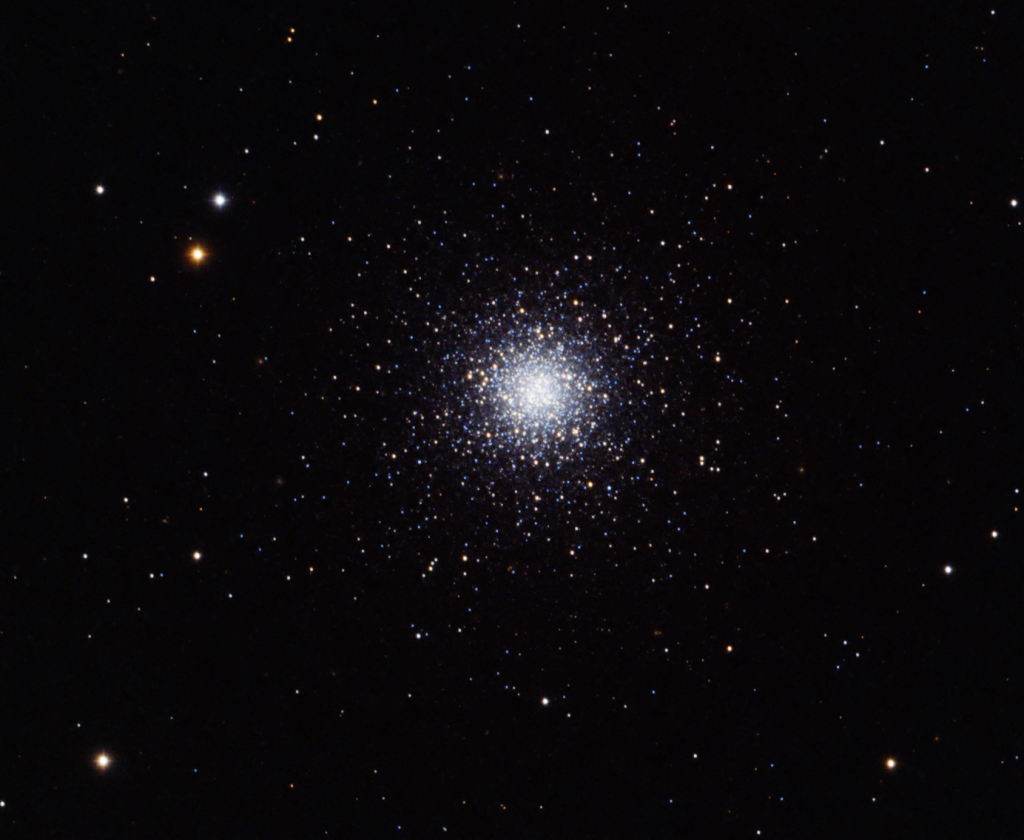
Similar Posts
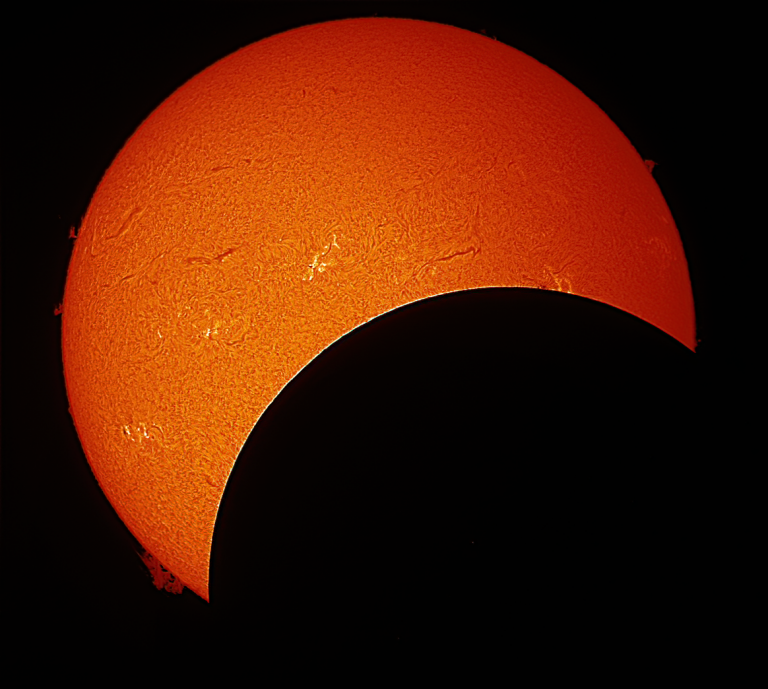
Partial solar eclipse!
Central Florida wasn’t on the path of the “ring of fire” annular eclipse, but we did get about 60% coverage during the peak of our partial solar eclipse today! I was live-streaming the view at the peak, but managed to capture a quick image for myself shortly afterwards. Lots of good flares and prominences, and…
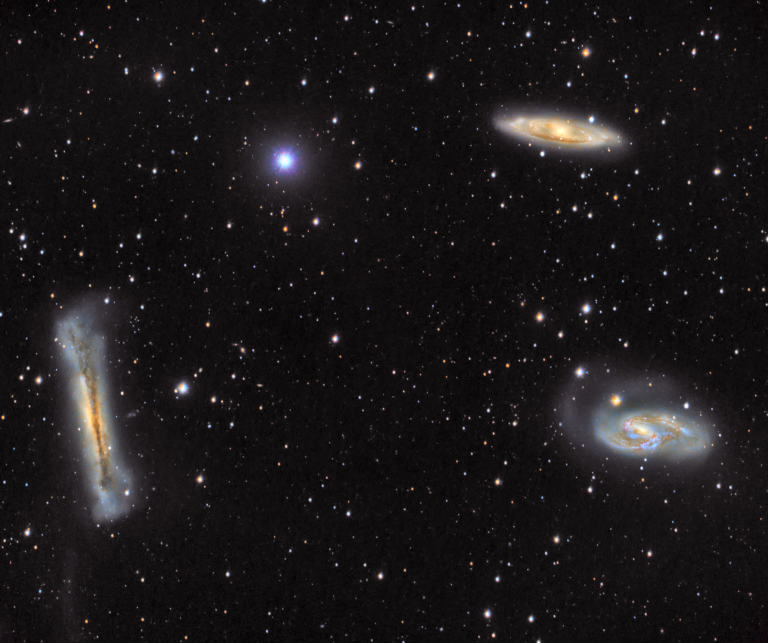
The Leo Trio of Galaxies
The three galaxies in the constellation Leo (M65, M66, and NGC3628) are about 31 million light-years away. Each one is being seen from a different angle; the one viewed edge-on is also known as the “Hamburger Galaxy”. Each has been interacting with each other, and distorting the shapes of these galaxies through the complex dance…
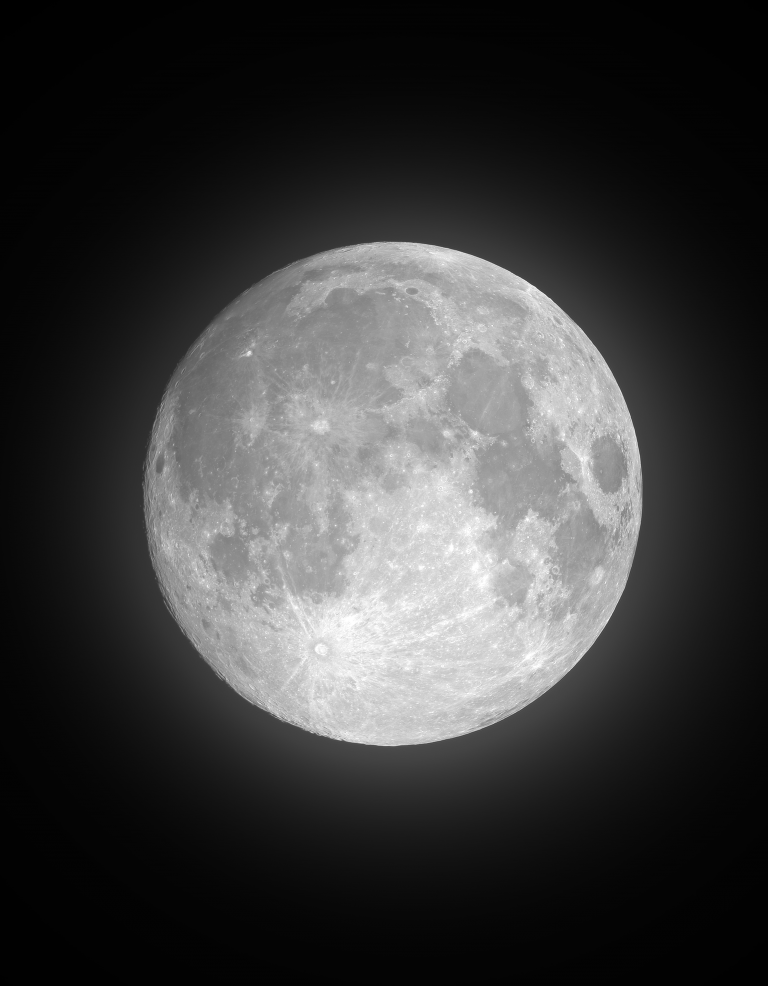
The Moon
Last night was hazy, cloudy, and with an almost-full moon that would wash out anything else I could try to image. So, I imaged the Moon itself. Tried out some new techniques; usually you would use a specialized telescope with a specialized camera and specialized software for shooting the Moon, but I wanted to see…
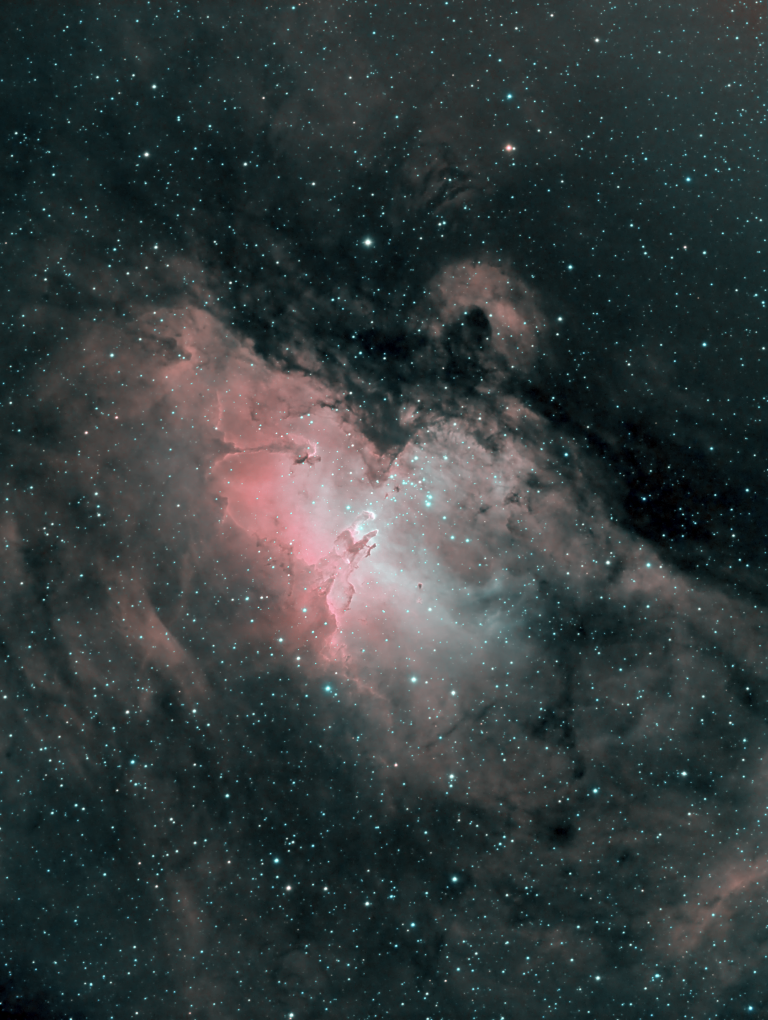
The Eagle Nebula
A wider shot of the Eagle Nebula, with the famous “pillars of creation” in its center.
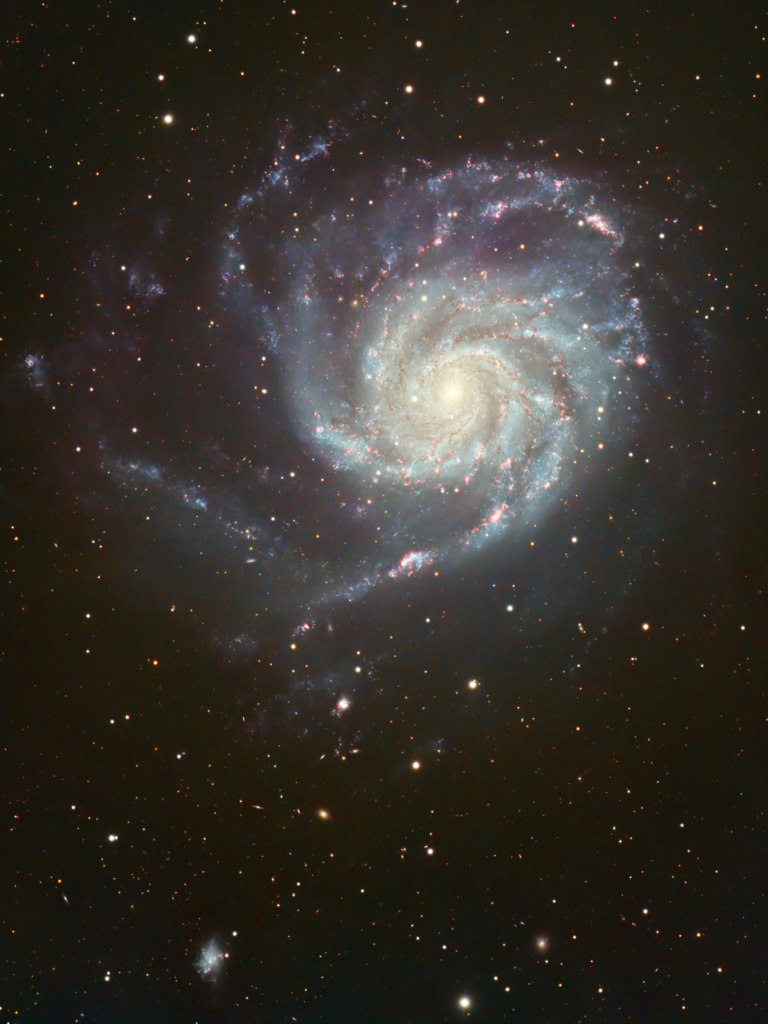
Revisiting the Northern Pinwheel Galaxy (M101)
Somehow I’ve neglected to go back to one of the showcase galaxies of the spring sky with newer equipment and software: M101, the “Pinwheel Galaxy.” Located about 21 million light-years away within Ursa Major, this relatively close galaxy shows lots of active star-forming regions revealed by red HII gas. Those red spots are nebulae in…
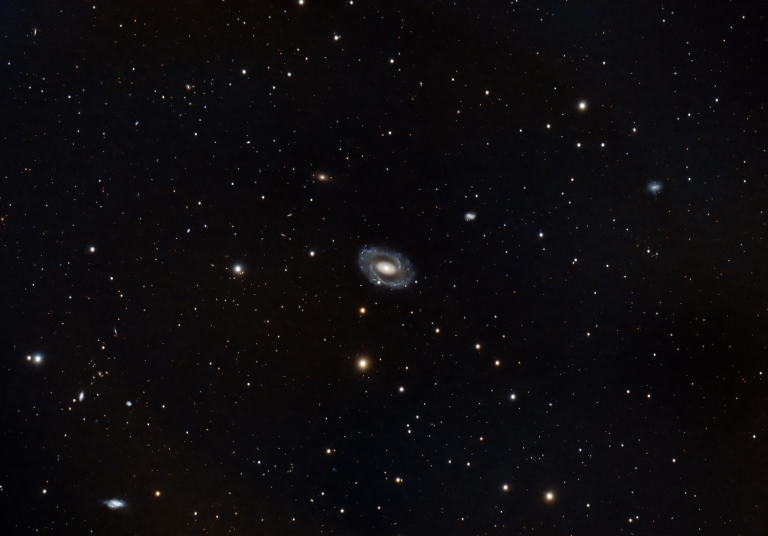
NGC210 is getting photobombed.
At the center of this image is the distant galaxy NGC210, 65 million light-years away within the constellation Cetus. It’s mind-blowing that we can capture an image of something so distant from our backyards, given the right technology. It’s also mind-blowing that we’re looking at light that has been traveling for 65 million years, giving…

